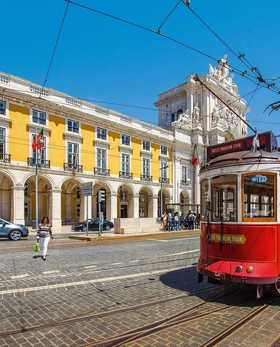Cost of Living in Taicang, Suzhou, Jiangsu - Updated Prices & Insights
Solo nomad: Estimated monthly costs are $459 (excluding rent), and $669 including rent.
Family of 3: Estimated monthly costs are $1,190 (excluding rent), and $1,465 including rent.
Citycost data is based on AI and user input – minor inaccuracies may occur.
Last update: November 30, 2025








